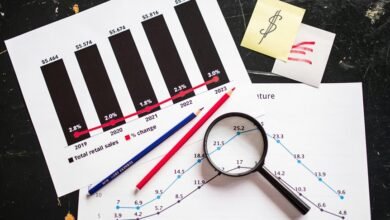172.16.252.214:4300: Aspectos Técnicos e Possíveis Implicações Legais

The IP address 16.252.214, particularly in conjunction with port 4300, serves as a crucial node in the landscape of digital communication. Its structure and function are essential for the efficient routing of specific services. However, the potential for misuse or unauthorized access introduces significant legal considerations. This duality raises questions about the adequacy of current regulatory frameworks in addressing security and privacy concerns in network governance. What implications might arise as these challenges evolve?
Understanding the Structure of IP Addresses and Ports
The architecture of IP addresses and ports serves as a foundational element in network communication.
IP address classification, encompassing classes A, B, and C, defines network size and usability. Simultaneously, port number functions categorize services, distinguishing between well-known and dynamic ports.
This structured approach facilitates efficient data routing, ensuring that communications remain organized and accessible, ultimately contributing to the freedom of information exchange in digital networks.
The Role of Networking Protocols in Data Transmission
While various networking protocols serve distinct purposes, their collective role in data transmission is crucial for maintaining efficient and reliable communication across networks.
Protocol efficiency directly impacts network performance, ensuring data packets traverse the network seamlessly. By optimizing these protocols, organizations can enhance throughput, minimize latency, and improve overall connectivity, thereby empowering users with the freedom to communicate effectively in a digital landscape.
Legal Considerations Surrounding IP Address Misuse
Given the increasing reliance on digital communication, the misuse of IP addresses has emerged as a significant legal concern.
Issues surrounding IP address accountability highlight potential breaches of digital privacy, fostering debates on regulatory frameworks.
Legal implications may arise from unauthorized access or data manipulation, necessitating stricter enforcement of laws to protect individuals' rights while balancing the need for digital freedom and security.
Conclusion
In the intricate dance of data transmission, one might assume that an IP address like 16.252.214:4300 would be a mere conduit for information exchange. Yet, beneath this façade lies a labyrinth of legal pitfalls waiting to ensnare the unwary. As the guardians of network governance strive for a balance between security and privacy, they often find themselves in a paradoxical waltz: the very tools designed to protect can just as easily expose, highlighting the irony of digital communication's precarious nature.




